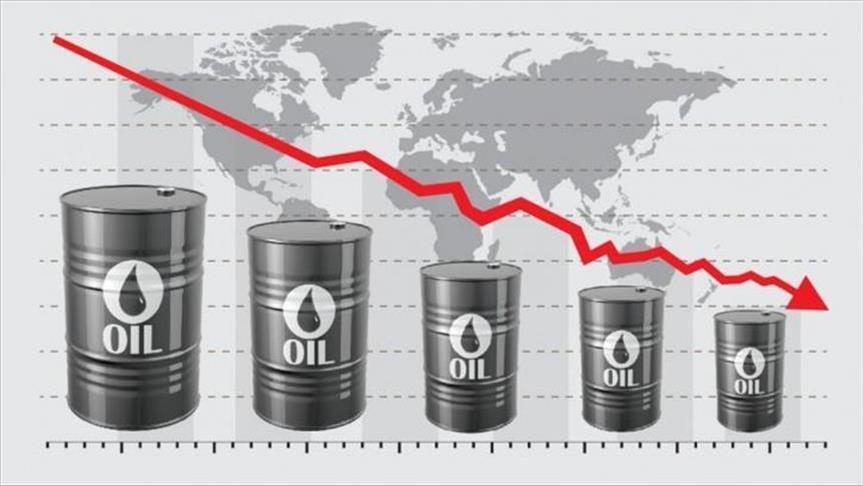The price of Brent Crude, the international crude oil benchmark, experienced a notable increase on Tuesday, rising by 2.2 percent or $1.71 to reach $79.40 per barrel. This surge was primarily driven by a falling US Dollar, optimism regarding higher demand in developing nations, and supply cuts implemented by major oil exporters.
Similarly, West Texas Intermediate (WTI) crude also saw a rise of 2.5 percent or $1.84, settling at $74.83 per barrel during the trading day. The weakening of the US Dollar, which dropped to a two-month low against a basket of other currencies, contributed to the upward movement of oil prices. The decline in the value of the US Dollar followed remarks from several Federal Reserve officials signaling that the central bank was nearing the end of its tightening cycle.
The US Dollar faced further setbacks, reaching a four-week low of 140.17 points against the Japanese Yen. Additionally, it hit its lowest level in over two years against the Swiss Franc and the Pound Sterling.
On Monday, several US Fed officials expressed the view that the central bank would likely need to raise interest rates further to combat inflation. However, they also acknowledged that the current monetary policy tightening cycle was drawing to a close. These comments led to a decline in the US Dollar, as traders adjusted their expectations regarding the extent to which US rates might rise. The Dollar index dropped 0.3 percent to 101.65 points.
The weakening Dollar has made crude oil more affordable for holders of other currencies, further supporting the upward trend in prices. Additionally, positive data emerged from the US, with small business confidence reaching a seven-month high in June. The National Federation of Independent Business (NFIB) reported a 1.6-point increase in its Small Business Optimism Index to 91, marking the largest month-to-month improvement since August 2022.
However, concerns about inflation persisted due to the tight employment market in the largest economy globally. Market participants eagerly anticipate US inflation data scheduled for release on Wednesday, as it will provide insights into the interest rate outlook. Higher interest rates have the potential to slow economic growth and reduce oil demand.
The International Energy Agency (IEA) anticipates a tight oil market throughout the second half of 2023. The organization cited robust demand from China and developing countries, coupled with recent supply cuts announced by major exporters such as Saudi Arabia and Russia. The IEA is set to publish new forecasts later this week, offering further analysis of the oil market.









